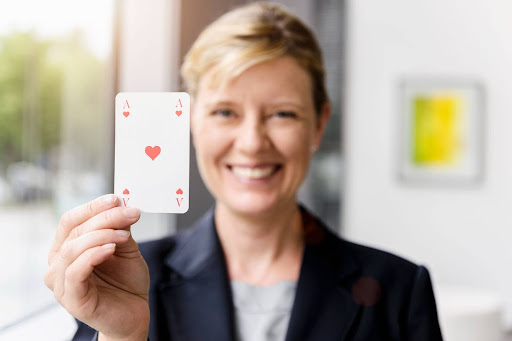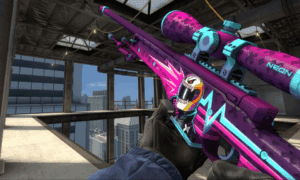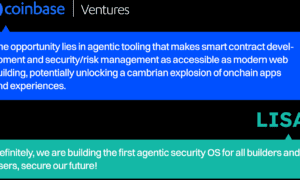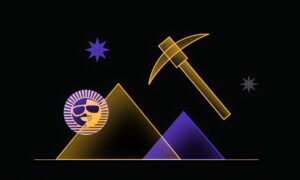Even the most ambitious professionals experience it: that lull between tasks, the slow afternoon slump, or the awkward pause between meetings. While boredom at work is often seen as unproductive or even lazy, the truth is that downtime can be a powerful opportunity — if you know how to use it.
Highly effective people don’t eliminate downtime. They use it. Not by mindlessly scrolling or counting minutes until the next call, but by engaging in small actions that refocus their minds, spark creativity, or restore energy.
One such strategy? Turning to low-distraction mini tasks — like reading, journaling, or playing a quiet, logic-based game. A favorite among many is Klondike Solitaire Turn One, a classic card game that’s mentally engaging without becoming a full-blown distraction.
Downtime Isn’t the Enemy — Distraction Is
The modern workplace is built around the illusion of constant productivity. But study after study shows that humans aren’t machines — we work best in intervals, not marathons. A moment of boredom isn’t a flaw in the system; it’s a natural pause that gives your brain a chance to reset.
What separates highly effective people from the rest isn’t that they never feel bored. It’s that they recognize boredom as a moment to pause, refocus, and prepare for what’s next.
Smart Ways to Use Small Gaps in the Workday
When brief moments of downtime appear — between calls, after finishing a task early, or while waiting for feedback — what you do with those minutes can shape your overall productivity. Highly effective people often use this time with a subtle purpose. They might take a moment to tidy their desk or close a few open browser tabs, creating a sense of visual order that helps the mind feel clearer.
Others use these pauses to mentally reset. Instead of jumping into another high-effort task, they might take a few deep breaths or reflect on a long-term goal. This kind of brief check-in helps restore focus and can reconnect you to the bigger picture behind your work.
Some choose light engagement over total disengagement. Playing a short, structured game — like Solitaire — offers just enough stimulation to reawaken mental energy without being disruptive. Unlike scrolling through social media, which can scatter attention, a logic-based game provides calm structure and a natural stopping point.
Boredom, when handled with care, becomes a chance to recharge. Whether through a micro-reset, a small organizational act, or a moment of calm focus, using downtime well isn’t about doing more — it’s about choosing better.
Why Solitaire Works So Well
Unlike fast-paced mobile games or endless social feeds that demand constant attention, solitaire offers a calm and structured experience. It’s easy to start, requires no complex setup, and provides just enough of a challenge to keep your mind gently engaged. This balance makes it ideal for short breaks during the workday — enough to refresh your focus without overwhelming your senses.
For many, Solitaire serves as a mental palate cleanser. It gives the brain something purposeful to do, helping it shift out of idle mode while staying in a low-pressure environment. That’s what makes it more than just a pastime — it becomes a tool for regaining clarity and momentum.
Make Downtime Part of Your Workflow
Downtime at work doesn’t have to be wasted time. When used intentionally, even a few spare minutes can boost your energy and improve your focus for the rest of the day. The key is to choose activities that refresh rather than distract.
Instead of automatically filling the gaps with noise or passive content, consider using those moments to pause, reset, and gently re-engage your mind. Whether that’s through a few deep breaths, a stretch, or a quiet game of Solitaire, these small choices can make a big difference in how you feel — and how well you work.



































